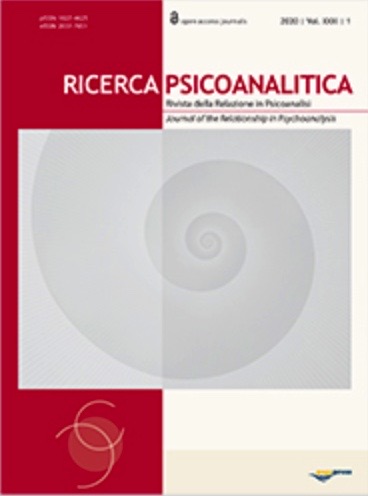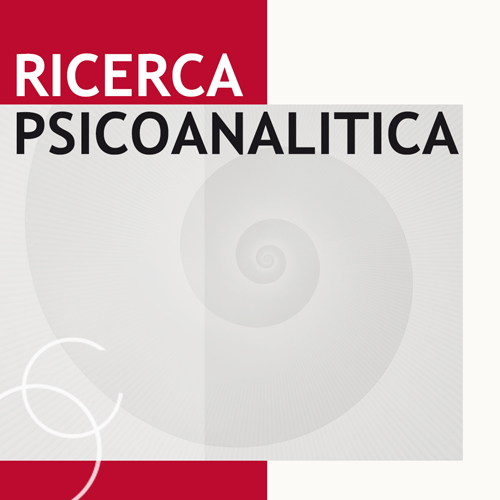New Perspectives on Symptoms and Symbols in the Case of Clara and Their Role in the Treatment Process
All claims expressed in this article are solely those of the authors and do not necessarily represent those of their affiliated organizations, or those of the publisher, the editors and the reviewers. Any product that may be evaluated in this article or claim that may be made by its manufacturer is not guaranteed or endorsed by the publisher.
Authors
The treatment of Clara as described by Dr Marina Amore provides new insights into the role of somatic functions in the development of emotional disorders and in the therapeutic communication. According to the theory of the referential process, descriptions of specific bodily experiences may function to build connections to the symbolic and verbal mode when narratives involving people and events of life are not accessible. During the 10 years of treatment, Clara"s reports of her severe neuralgic symptoms, and her bodily as well as emotional experience in her interactions with Dr. Amore enabled her eventually to talk about past and present experiences with her parents and others, and to rebuild emotion schemas that had been dissociated. Dr. Amore"s own bodily feelings in her interactions with Clara guided her in the therapeutic work, and also opened new understanding of experiences in her own life. The referential process can be seen as playing out in depth between and within the two participants as they recognized Clara"s growth, and also worked to resolve their sense of loss in the termination phase.
How to Cite
PAGEPress has chosen to apply the Creative Commons Attribution NonCommercial 4.0 International License (CC BY-NC 4.0) to all manuscripts to be published.










